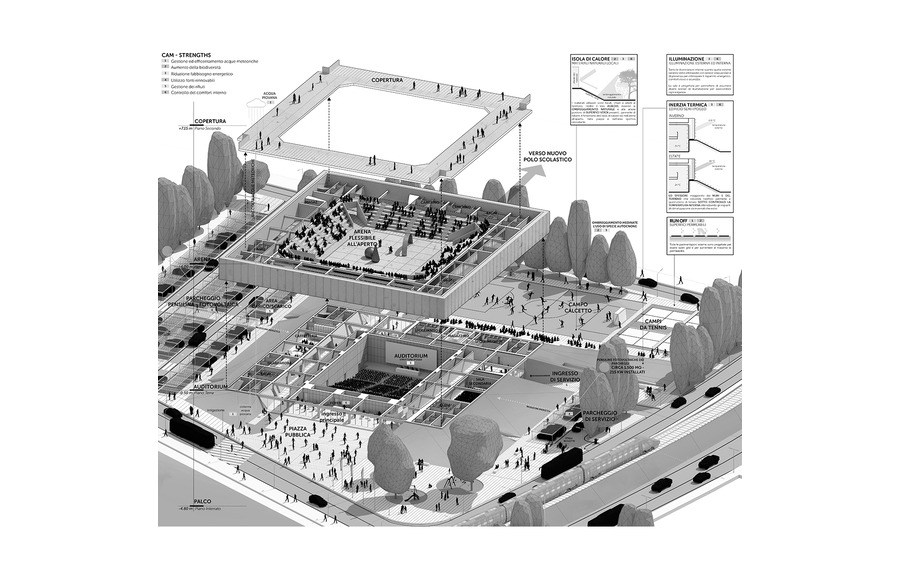Unveiling the Intelligence of Butterflies: Insights from Spatial Learning

In the realm of animal cognition, insects have often been overlooked due to their diminutive size and seemingly simple neural structures. However, groundbreaking research from the University of Bristol sheds new light on the cognitive abilities of Heliconius butterflies, revealing their capacity for spatial learning. Let’s delve into this fascinating study and its implications for our understanding of insect intelligence.

Challenging Assumptions: The Complexity of Insect Learning
Traditionally, spatial learning has been associated with social insects like ants and bees, which exhibit intricate navigational behaviors within their communal nests. However, the recent study challenges this notion by demonstrating that spatial learning may be more widespread among insects than previously believed. Lead researcher Dr. Stephen Montgomery emphasizes the significance of unraveling the cognitive abilities of seemingly mundane creatures, highlighting the diverse ways in which butterflies interact with their environment.
Unraveling Spatial Learning in Heliconius Butterflies
The study employed a series of spatial learning experiments, spanning different scales to mirror ecologically relevant scenarios. From foraging within a confined area to navigating through complex mazes, Heliconius butterflies showcased remarkable adaptability and learning proficiency across varying spatial contexts. Notably, the butterflies successfully learned the location of food sources and established efficient foraging routes, akin to traplines observed in other pollinators.

Exploring the Mechanisms of Butterfly Navigation
While the study provides compelling evidence of spatial learning in Heliconius butterflies, researchers are eager to unravel the underlying mechanisms driving their navigational prowess. Visual cues, such as panoramic views, are believed to play a crucial role in guiding butterfly movements. However, the extent to which other cues, such as solar orientation or geomagnetic fields, contribute to navigation remains an intriguing area of investigation.
Implications for Evolutionary Biology and Conservation
The findings not only deepen our understanding of insect cognition but also offer insights into the evolutionary dynamics of cognitive enhancement in response to ecological pressures. By comparing the spatial learning abilities of Heliconius butterflies with closely related species, researchers hope to elucidate the interplay between cognitive evolution and ecological specialization. Moreover, unraveling the cognitive intricacies of butterflies holds implications for conservation efforts aimed at preserving their habitats and ecological interactions.

A Promising Path Forward
As research continues to unveil the cognitive complexity of insects, the study of Heliconius butterflies serves as a testament to the rich tapestry of intelligence woven throughout the animal kingdom. Co-lead author Dr. Priscila Moura underscores the transformative nature of the findings, signaling a new era of empirical exploration into insect cognition. With each discovery, we inch closer to unraveling the mysteries of the natural world and appreciating the diverse forms of intelligence that abound within it.
In conclusion, the study underscores the importance of reevaluating our perceptions of insect intelligence and embracing the complexity of their cognitive abilities. As we embark on this journey of discovery, we not only gain insights into the remarkable world of butterflies but also reaffirm our interconnectedness with all living beings on our planet.
















